STEPS:
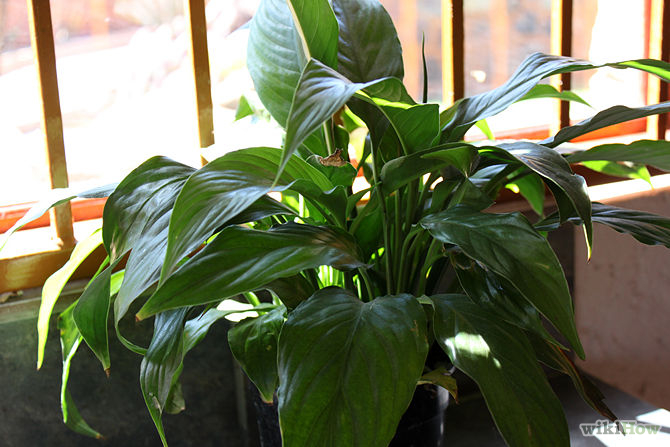
1
Be
sure that your plants get light. Plants
need light! Identify how much natural light is available (and needed)
for plants, or whether it is possible to have an indoor grow light
placed next to the plant. A window is an ideal place but make sure you
have a saucer or tray underneath the plants to catch the drips from
watering and condensation which often occurs at night on the leaves.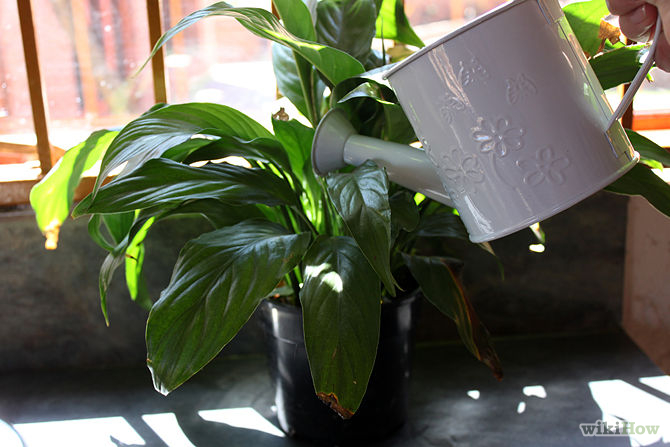
2
Water
them as needed. Plants
need water, but not too much nor too little. When you water, water
until you can see it come out of the bottom of the pot. Never put
plants in pots that don't have at least one hole in the bottom! Be
realistic about how much attention you have to give to your house
plants, and plan accordingly. Larger plants in large pots need watering
less often than plants in very small pots, which will dry out every
couple of days. Cactus and succulents need less watering than
thin-leaved or flowering plants (although when cactus produce flowers
they need a bit more water than otherwise). Go to a reputable
greenhouse and research different kinds of plants for their light,
space and temperature needs and choose a plant that looks beautiful to
you but is also suitable for your space and time available to care for
it.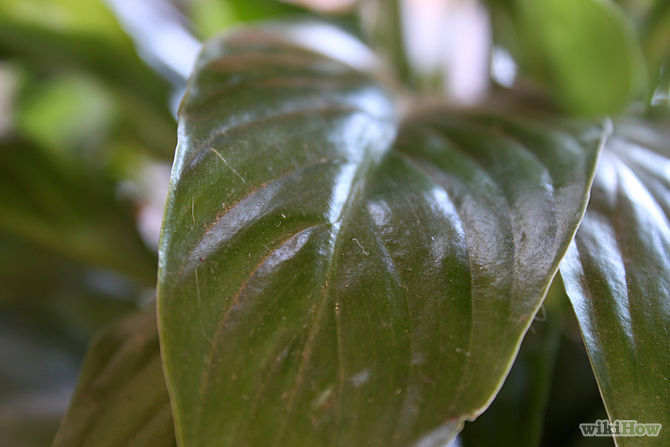
3
Watch
out for plant pests. Sometimes
plants attract pests - insects that eat the plant and cause it to lose
vigor. Some plants are less susceptible to insects than others. Plants
with thin leaves tend to get spider mites and whitefly, others get
scale or mealy bugs. Learn how to identify these pests and how to treat
them (usually a soil-drenching systemic insecticide will do the job,
but not always, so it's important to learn about these things.) Mold
and viruses can also affect plants as well, but they are less common.
There is lots of information on the internet on how to treat these
maladies.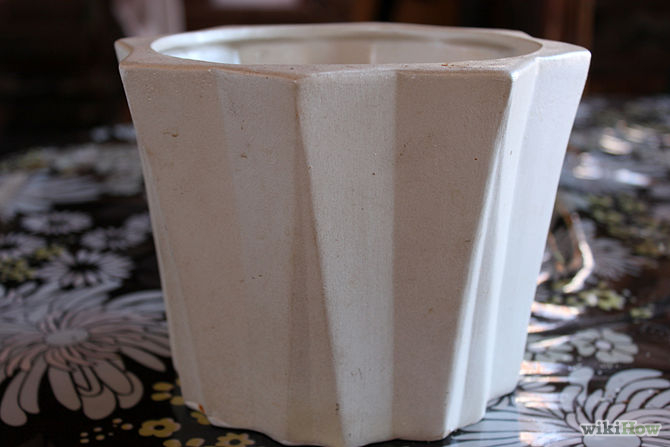
4
Use
a nice pot. A
decorative pot or planter that coordinates with the furnishings can
really enhance the beauty of the plant. It helps the plant a lot if the
pot or planter is on a tray with about an inch of aquarium gravel in
it. When you water the plant, the water goes into the saucer and
evaporates around the plant, making the surrounding air a bit more
humid. This is especially helpful to the plant in winter. Make sure the
water doesn't touch the bottom of the pot, because if the pot ends up
sitting in water, the plant's roots will rot and the plant can die.
Place a trivet underneath the tray so that the tray doesn't sit
directly on a wooden or painted surface. The moisture in the tray will
cause condensation underneath it, and that can damage wood or painted
surfaces. When you water, wipe up any spills pretty quickly.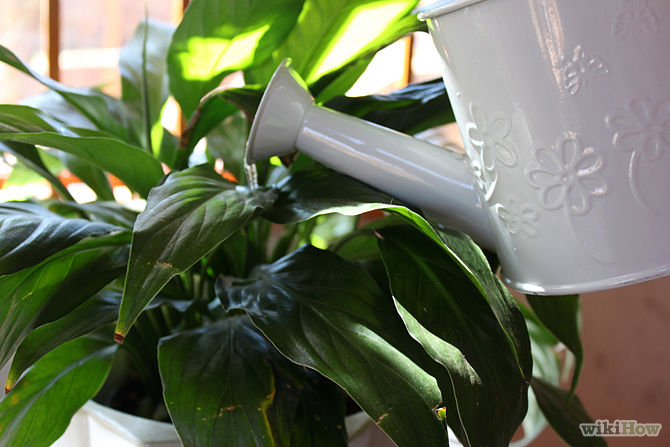
5
Water
the plant when the pot is noticeably lighter than it was when it was
watered last. Again,
different plants have different watering requirements. Some plants can
go for a couple of days dry, others, especially flowering plants, need
a shorter interval of dryness. Few plants, with the exception of
aquarium plants and papyrus, like wet feet for more than a day! Finding
the right balance of moist versus dry is the challenge of keeping happy
and healthy houseplants.
6
Know
what will work best for you. Some
good houseplants: Floor plants: Dracaena marginata (dragon trees),
ficus (both the large and small-leaved varieties), sanseveria
(mother-in-law tongue), spathiphyllum (peace lily), umbrella plants.
Avoid bird of paradise, bamboo, palm trees and ferns unless you can
provide very good light and high additional humidity year-round.
Different plants do well in different climates. Do your homework, and
don't always trust florists or the folks at Home Depot, who are more
interested in selling the plant than making sure it is healthy or happy
in its new home.
- Window and table plants: kalanchoes, cane-stem begonias, African violets, orchids (moth orchids are fairly easy but only bloom once or twice a year; compliment them by surrounding them by attractive foliage plants). Philodendron (pothos or sweetheart plant), maranta (prayer plants), Syngonium podophyllum (arrowhead plant), crassula (jade plant), zamioculcas and Beaucarnea recurvata (ponytail palm). Try not to be tempted into bringing plants that normally grow outdoors all year indoors, such as fuchsias or wax begonias or even coleus. They don't do that well indoors after being outside all summer, and can be an unfortunate source of bugs that could invade other indoor plants you get. There are many different kinds of plants, and some people become avid collectors of one or several families of them. If you want to be even extra-specially conscientious, make sure the plants you purchase are greenhouse grown, and not wild-collected or endangered species.